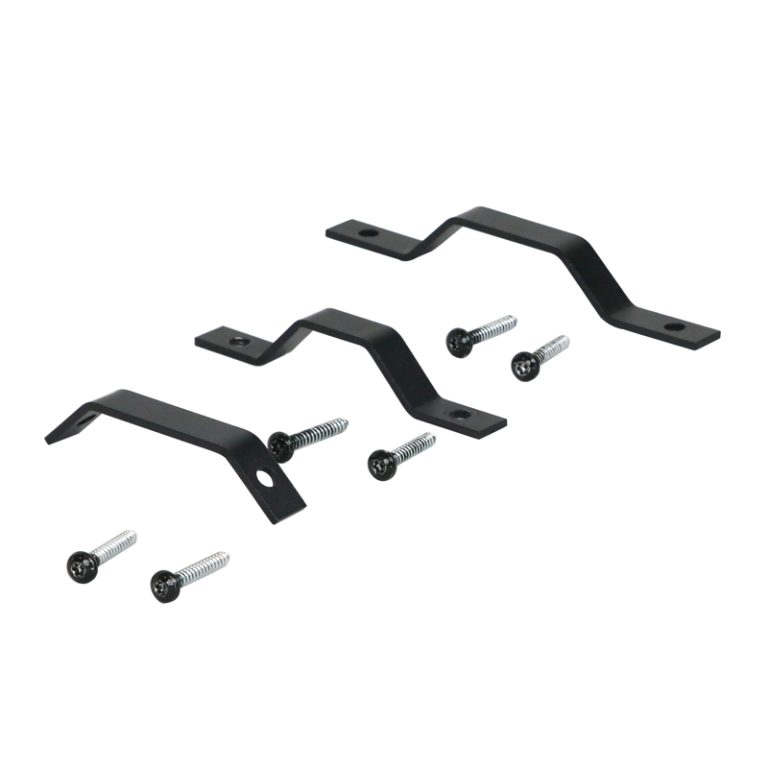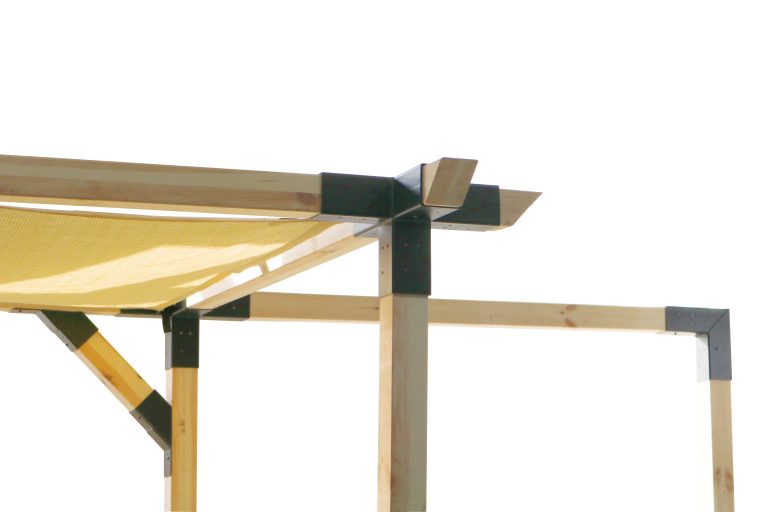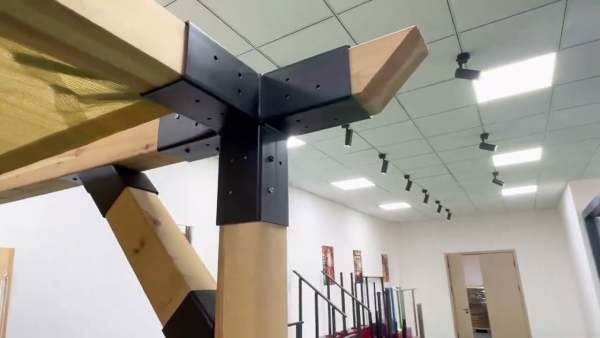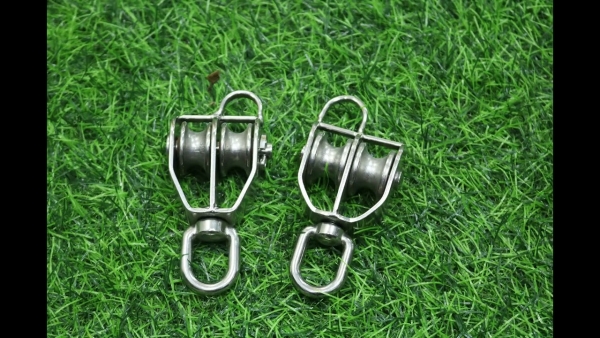The Composition of Stainless Steel
Stainless steel is a popular material used in a wide range of applications, from kitchen appliances to industrial machinery. One of the key properties of stainless steel that sets it apart from other materials is its hardness. In fact, stainless steel is much harder than iron, the metal from which it is primarily made. But why is this the case?
To understand why stainless steel is harder than iron, it is important to first examine the composition of stainless steel. Stainless steel is an alloy, which means it is made up of a combination of different metals. The primary components of stainless steel are iron, carbon, and chromium. In addition to these main elements, stainless steel may also contain other metals such as nickel, manganese, and molybdenum.
The presence of chromium in stainless steel is what gives it its unique properties, including its hardness. Chromium is a hard and corrosion-resistant metal that forms a protective oxide layer on the surface of stainless steel. This oxide layer helps to prevent rust and corrosion, making stainless steel an ideal material for applications where durability is important.
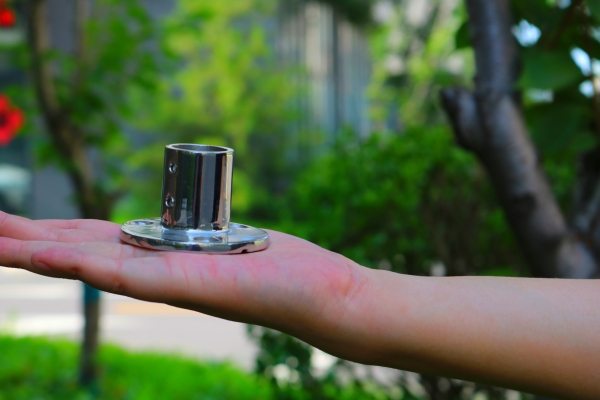
In addition to chromium, the carbon content of stainless steel also plays a role in its hardness. Carbon is a key element in the formation of carbides, which are compounds that can increase the hardness of a material. By controlling the amount of carbon in the alloy, manufacturers can adjust the hardness of the stainless steel to suit a particular application.
Another factor that contributes to the hardness of stainless steel is the way in which it is processed. Stainless steel is typically produced through a process known as cold working, which involves shaping and forming the metal at temperatures below its recrystallization point. This process helps to align the crystal structure of the metal, making it stronger and more resistant to deformation.
In contrast, iron is a relatively soft metal that is prone to corrosion and rust. While iron can be hardened through processes such as heat treatment and alloying, it is still not as hard or as durable as stainless steel. The addition of chromium and other elements in stainless steel gives it a distinct advantage in terms of hardness and corrosion resistance.
Overall, the hardness of stainless steel can be attributed to its unique composition, which includes elements such as chromium and carbon. These elements work together to form a strong and durable material that is ideal for a wide range of applications. By understanding the composition of stainless steel and how it differs from iron, we can better appreciate the reasons why stainless steel is harder and more resilient than its base metal counterpart.


